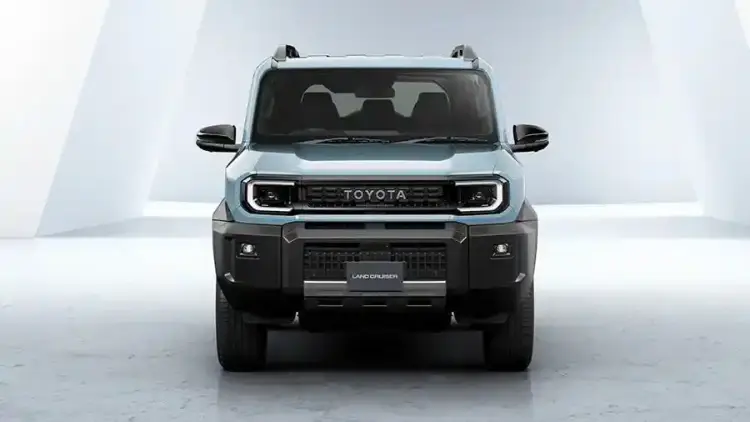- What Are Road Markings and Why Are They Important?
- Types of Road Markings in UAE
- Legal Implications of Ignoring Road Markings
- Tips for Driving Safely with UAE Road Markings
- Common Challenges When Interpreting Road Markings
- FAQ
Understanding road markings in uae is vital for every driver. From lane lines to pedestrian crossings, road markings in uae provide clear instructions that help maintain safety, regulate traffic flow, and prevent accidents on busy roads.
What Are Road Markings and Why Are They Important?
Road markings are painted lines, shapes, and symbols that are seen on highways, streets, and parking areas. They indicate lanes, traffic flow directions, pedestrian pathways, and much more. In a bustling country like the UAE, where roads see millions of vehicles moving daily, these markings act like a universal language for drivers. They help manage traffic effectively and make the roads safer for everyone. By following them, you not only reduce the risk of accidents but also avoid fines or traffic violations.
Types of Road Markings in UAE
The UAE uses a systematic approach to its road markings. These markings align with international standards, ensuring consistency for both residents and international drivers. Below are the key types of road markings and their implications:
1. Lane Markings
Lane markings help drivers navigate safely on multi-lane roads. Some of the common lane markings you will encounter in the UAE include:
Single White Line: A continuous line separating traffic moving in the same direction. Crossing this line is not allowed.
Broken White Line: Found between lanes, allowing drivers to switch lanes when it is safe.
Double Yellow Line: A strict no-crossing zone. Often used to separate traffic moving in opposite directions or to mark restricted areas.
2. Pedestrian Markings
Pedestrian safety is a top priority, and the road markings reflect that. Key markings include:
Zebra Crossings: Painted with black and white stripes, these crossings are for pedestrians. Vehicles must stop and let people cross.
School Zone Crossings: Clearly shown with additional signs, these areas mandate slower speeds and greater caution during school hours.
3. Arrows and Symbols
Arrows and symbols on roads offer directional guidance to drivers. Common examples include:
Directional Arrows: Painted to show which direction a vehicle in a specific lane can take, such as straight-only or left-turn.
Lane Merge Signs: Notify drivers of upcoming merging traffic and encourage careful lane alignment.
Bus and Taxi Lane Markings: Reserved lanes labeled with visible lettering. Other vehicles must avoid these lanes.
4. Stop and Give Way Lines
These markings help regulate vehicle movement at intersections or crossings:
Stop Lines: A thick white line that tells drivers to come to a complete stop before entering intersections.
Give Way Triangles: Triangular shapes painted on the road, requiring vehicles to yield and allow other traffic to go first.
5. Special Zones
Certain road areas are marked to cater to specific types of traffic or parking needs:
Cyclist Lanes: These are typically painted in green or red to guide bicycle users. Motor vehicles are forbidden in these lanes.
Dedicated Parking Zones: Indicated with painted symbols, such as wheelchair signs for disabled parking or EV symbols for charging stations.
Legal Implications of Ignoring Road Markings

In the UAE, the road rules are taken seriously. Ignoring road markings can result in hefty fines, black points on licenses, or even the impounding of vehicles. For instance:
Crossing a solid line may lead to fines of AED 400 or more.
Unauthorized use of reserved lanes can incur fines up to AED 600.
Failing to stop at a pedestrian crossing could result in severe penalties. Traffic cameras and patrol officers monitor these violations throughout cities like Dubai and Abu Dhabi.
Tips for Driving Safely with UAE Road Markings
Driving responsibly is essential for your safety and the safety of others. Here's how you can ensure compliance with road markings:
Always check the lane markings before making a lane change or turn.
Respect pedestrian crossings and stop fully at stop lines.
Do not park in restricted zones like disabled or emergency lanes.
Be extra alert in school zones; temporary markings may be in place.
Pay attention to arrows and symbols on the road to avoid taking wrong turns.
Common Challenges When Interpreting Road Markings

Even seasoned drivers face occasional challenges with road markings. Here are some common issues:
Faded Markings: Over time, heavily used roads may have faded markings. Use roadside signs to confirm rules.
Construction Areas: Temporary road layouts can disorient drivers. Reduce speed and proceed cautiously.
Adverse Weather Conditions: Sandstorms or rain can obscure markings. Keep your headlights on and rely on reflective signs.
Newcomers to UAE Roads: Expats or visitors might find the system confusing initially. Consult maps or GPS for extra guidance.
FAQ
Q: What does a single solid white line mean in the UAE?
A: It separates lanes with the same direction of traffic. Lane changes are not allowed over this line.
Q: Are bus lanes marked in the UAE?
A: Yes, these lanes are clearly marked and meant only for buses or taxis. Unauthorized vehicles using them may face fines.
Q: What happens if I cross over a solid line?
A: Crossing over solid lines is prohibited and may lead to significant monetary penalties or license demerits.
Q: Can tourists follow the same road markings as residents?
A: Absolutely, all road users must adhere to the same rules and markings.
Q: Are there penalties for violating road markings in the UAE?
A: Yes, violations are penalized by fines, impounding of vehicles, or even black points on driving licenses.
By observing the road markings, you're doing your part to contribute to more organized and safer traffic systems. Stay informed and enjoy a smooth driving experience in the UAE.
Read More:
Corolla 2011: Is It Still a Great Choice in 2025?
HiPhi Z Price: Everything You Need to Know About the Futuristic EV
2017 Hyundai Elantra Body Kits:2025's Top Customization Trends













